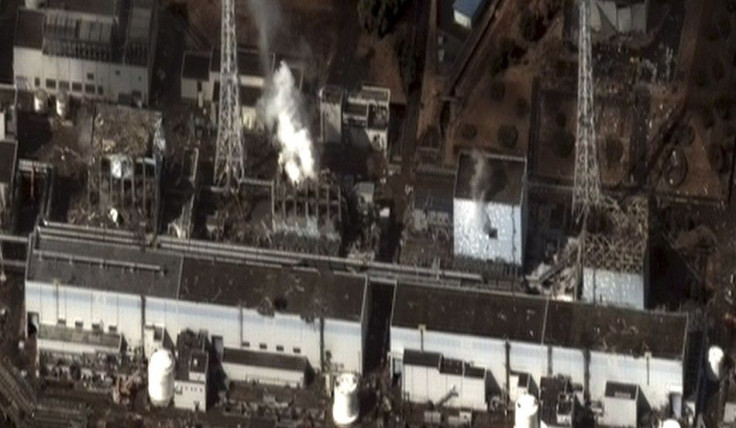No. 3 reactor at Fukushima plant may be damaged

Nuclear authorities in Japan warn that that the No. 3 reactor at the quake-ravaged Fukushima No. 1 power station may be damaged, promoting the release of radioactive steam, while another fire has struck the No. 4 reactor.
Tokyo Electric Power Co. (TEPCO), the nuclear plant’s operator, along with other energy officials are seeking to verify that the No. 3 reactor’s containment vessel has indeed been damaged. If it is confirmed, it will be the second of the facility’s six reactors to have incurred damaged, raising fears that more radioactive substances could be emitted.
Even worse, it would mean that procedures they have thus far taken to prevent a worsening crisis at the plant have been unsuccessful.
Chief Cabinet Secretary Yukio Edano told a press conference that smoke was seen Wednesday morning around the No.3 reactor .
''As we saw in the No. 2 unit, steam has been released from the [No. 3] reactor's containment vessel,” he said.
Self-Defense Force helicopter are reportedly preparing to pour water on the No. 3 unit in the afternoon.
Moreover, a fire which broke out at the No. 4 reactor further raised the risks of radioactive leaks.
Flames were seen for about half an hour before diminishing.
About 70 percent of the nuclear fuel rods have been damaged at the plant's No. 1 reactor and 33 percent at the No. 2 reactor, TEPCO said.
A hydrogen explosion at the No. 2 reactor yesterday damaged its containment vessel.
The Japanese government's nuclear safety agency said the radiation level at the Fukushima plant’s entrance briefly touched the 10 millisievert-per-hour level at 10:40 a.m. Wednesday (local time), but suggested it was possibly caused by radioactive substances released from the No. 2 reactor.
On Tuesday, the radiation level reached a much higher maximum of 400 millisievert per hour – which is equivalent to 400 times the level that people can be safely exposed in one year – after hydrogen explosions at the No. 2 and No. 4 reactors.
Edano added that the Tokyo government does not current have any intention of increasing the evacuation around the Fukushima plants (the maximum radius remains at 30 kilometers).
© Copyright IBTimes 2025. All rights reserved.



















